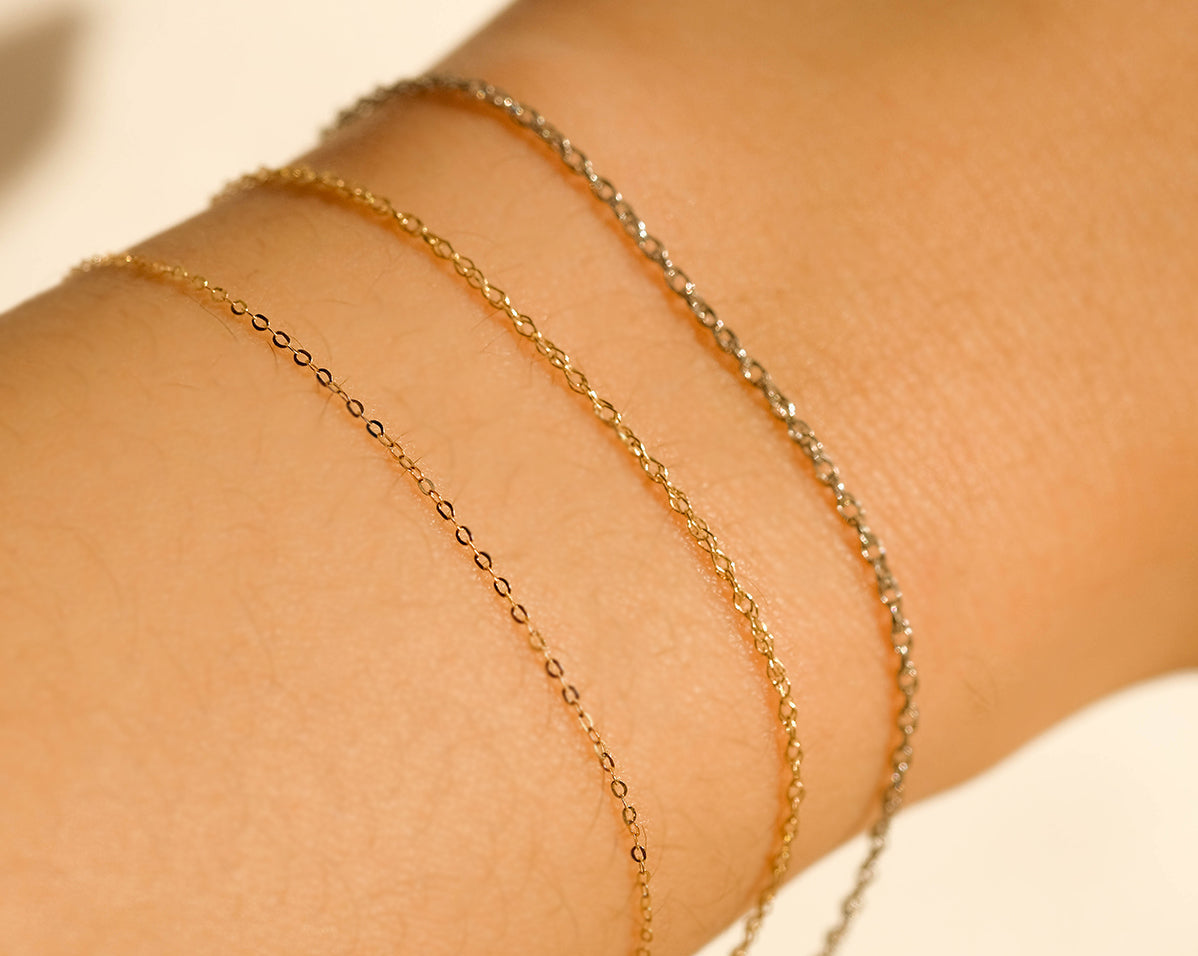Diamonds have long been revered as symbols of luxury and elegance, coveted for their brilliance and rarity. Traditionally, diamonds are mined from deep within the Earth’s crust, a process that involves significant environmental impact and ethical concerns. However, in recent years, a groundbreaking innovation has revolutionized the diamond industry – the cultivation of lab-grown diamonds. In this article, we will delve into the fascinating world of lab-grown diamonds, exploring how they are cultivated, their advantages over natural diamonds, and their implications for the future of the diamond market.
Table of Contents
1. Introduction
What are Lab-Grown Diamonds?
Lab-grown diamonds, also known as synthetic or cultured diamonds, are precisely what their name suggests – diamonds that are grown in a laboratory setting rather than being mined from the earth. Despite being created in a controlled environment, lab-grown diamonds possess the same chemical and physical properties as natural diamonds, making them indistinguishable to the naked eye.
Brief History
The concept of Cómo cultivan dioamntes de laboratorio dates back to the mid-20th century when scientists first began experimenting with diamond synthesis. Over the decades, advancements in technology have refined the process, making it commercially viable and environmentally sustainable.
2. How Lab-Grown Diamonds are Cultivated
Diamond Seed
The cultivation of lab-grown diamonds begins with a tiny diamond seed, which serves as the foundation for growth. This seed is placed in a specialized chamber where conditions mimic those found deep within the Earth’s mantle.
Growth Process
Through either High Pressure High Temperature (HPHT) or Chemical Vapor Deposition (CVD) methods, carbon atoms are deposited onto the diamond seed, gradually building layer upon layer until a fully formed diamond emerges.
Diamond Formation
Over the course of several weeks or months, the diamond undergoes a meticulous growth process, during which it develops its characteristic crystal structure and optical properties.
3. Types of Lab-Grown Diamonds
HPHT Method
In the HPHT method, high pressure and temperature are utilized to simulate the natural conditions under which diamonds form in the Earth’s mantle. This process results in diamonds of exceptional quality and purity.
CVD Method
The CVD method involves the deposition of carbon atoms onto a substrate material in a plasma environment. This technique allows for greater control over the diamond’s growth and enables the production of larger, high-quality diamonds.
4. Advantages of Lab-Grown Diamonds
Environmental Impact
Unlike traditional diamond mining, which can have devastating consequences for the environment, the cultivation of lab-grown diamonds has minimal ecological footprint. It requires significantly less energy and water, and eliminates the need for destructive mining practices.
Cost-effectiveness
Lab-grown diamonds are typically more affordable than their natural counterparts, making them an attractive option for budget-conscious consumers. Additionally, the price of lab-grown diamonds remains stable and predictable, unaffected fluctuations in the mining industry.
Ethical Considerations
One of the most significant advantages of lab-grown diamonds is their ethical sourcing. By eliminating the demand for mined diamonds, lab-grown diamonds help reduce the risk of human rights abuses and environmental exploitation associated with traditional mining operations.
5. Comparison with Natural Diamonds
Quality
Lab-grown diamonds are virtually identical to natural diamonds in terms of quality, with the same chemical composition, hardness, and brilliance. In fact, some argue that lab-grown diamonds exhibit superior clarity and color consistency due to the controlled growth environment.
Price
While natural diamonds are subject to market forces and supply chain complexities that can influence pricing, lab created diamonds offer a more transparent and stable pricing structure. This makes them a more cost-effective option for consumers without compromising on quality.
Sustainability
From an environmental standpoint, lab-grown diamonds far surpass their natural counterparts. By reducing the demand for diamond mining, lab-grown diamonds help preserve fragile ecosystems and minimize carbon emissions associated with mining and transportation.
6. Applications of Lab-Grown Diamonds
Jewelry Industry
Lab-grown diamonds have rapidly gained traction in the jewelry industry, with leading designers and retailers embracing them as a sustainable and ethical alternative to mined diamonds. From engagement rings to statement necklaces, lab-grown diamonds offer endless possibilities for stunning jewelry creations.
Industrial Uses
Beyond the realm of jewelry, lab-grown diamonds have a wide range of industrial applications, thanks to their exceptional hardness and thermal conductivity. They are used in cutting tools, abrasives, and even as heat sinks in electronic devices.
7. Future of Lab-Grown Diamonds
Technological Advancements
As technology continues to evolve, the process of diamond cultivation is expected to become even more efficient and cost-effective. This could further drive down the price of lab-grown diamonds and expand their accessibility to a broader audience.
Market Trends
With growing consumer awareness and demand for sustainable products, the market for lab-grown diamonds is poised for significant growth in the coming years. As more consumers prioritize ethical and eco-friendly choices, lab-grown diamonds are likely to become the diamond of choice for the next generation.
8. Conclusion
In conclusion, the cultivation of lab-grown diamonds represents a monumental shift in the diamond industry, offering a sustainable, ethical, and cost-effective alternative to traditional diamond mining. With their impeccable quality and diverse applications, lab-grown diamonds are poised to shape the future of the diamond market for years to come.




